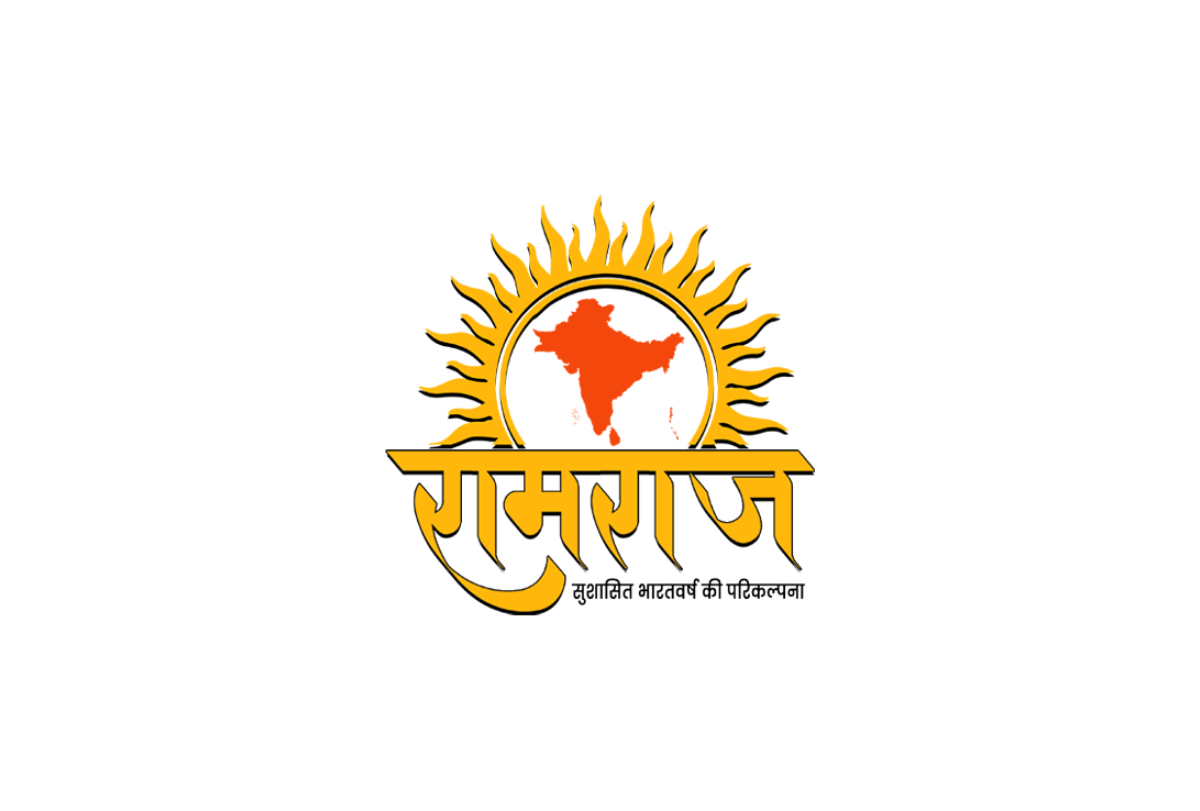New Delhi: Even as changing climate conditions are threatening pearl millet (bajra) production, a team of researchers has suggested a re-evaluation of how and where the millet is grown in India.
Pearl millet is an essential cornerstone of India’s food security, and finds itself at a critical juncture.
Amidst shifting weather patterns and evolving agricultural priorities, the new study urges a timely revision of the classification criteria governing pearl millet cultivation zones, originally established back in 1979.
Currently, India’s zones are based on rainfall and soil type: A1 for arid regions in Rajasthan, A for semi-arid regions in North and Central India, and B for semi-arid regions with heavy soils in South India.
Researchers from International Crops Research Institute for the Semi-Arid Tropics (ICRISAT) and the Indian Council of Agricultural Research – All India Coordinated Research Project on Pearl Millet (ICAR-AICRP) proposed re-evaluating the A zone, considering evolving climate conditions.
According to Dr Jacqueline Hughes, Director General of ICRISAT, with climate change now a permanent reality, it is imperative to recalibrate the approach towards understanding and nurturing this vital crop for dryland communities.






